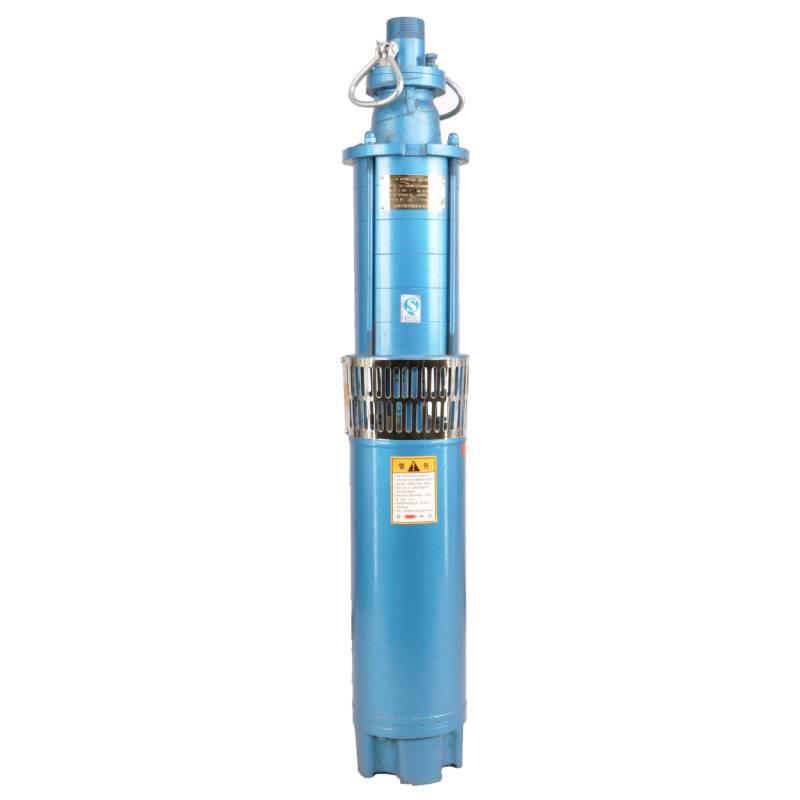Nov . 15, 2024 11:05 Back to list
submersible pump not working
Troubleshooting a Non-Working Submersible Pump
A submersible pump is designed to operate underwater, commonly used for drainage, sewage, and well pumping applications. However, it can sometimes fail to work properly. This can be a source of frustration, especially if you rely on it for critical tasks. If your submersible pump is not working, there are several potential issues you should consider before seeking professional repair.
1. Power Supply Issues
The first and most crucial step in troubleshooting a non-working submersible pump is to check the power supply. Ensure that the pump is properly plugged into a functional electrical outlet. If the pump plugs into a GFCI outlet, verify that the breaker has not tripped. If the outlet appears inactive, try resetting it. Additionally, check the circuit breaker panel to make sure a circuit hasn't been tripped. By resolving any power supply issues, you may restore functionality to your pump immediately.
2. Check for Blockages
A common reason for a submersible pump to stop working is a blockage in the intake screen. Over time, debris, sand, and sediment can accumulate, restricting the flow of water and causing the pump to overheat or fail. To resolve this issue, turn off the pump, disconnect it from the power source, and remove it from the water. Inspect the intake screen and any hoses for obstructions, cleaning them thoroughly to ensure optimal performance.
submersible pump not working

Many submersible pumps are equipped with a float switch that automatically turns the pump on and off based on the water level. If the float switch gets stuck or malfunctions, the pump may fail to activate or deactivate as required. Inspect the float switch for any signs of blockage or damage. If it is stuck, gently free it so it can move freely within the water. In cases where the switch is damaged, consider replacing it to restore proper operation.
4. Motor Overheating
Submersible pumps can overheat due to prolonged operation or lack of cooling water. Check for any signs of overheating, such as strange smells or unusual noises. If the pump gets too hot, it may have an internal failure, such as damaged bearings or winding issues. If the motor has overheated, allow it to cool before attempting to restart it. If you suspect significant internal damage, it may be best to consult a professional for repairs or replacement.
5. Electrical Components
Lastly, examine the electrical components of the pump. Worn-out wiring, corroded connectors, or damaged seals can prevent the pump from working correctly. Look for any exposed wires, signs of corrosion, or water ingress in the electrical compartment. If you find any issues, it's advisable to replace the damaged parts or consult a technician to handle the repairs safely.
Conclusion
When a submersible pump stops working, it’s important to approach the problem methodically. By checking the power supply, inspecting for blockages, assessing the float switch, monitoring for overheating, and examining the electrical components, you can identify and potentially resolve the issue. If these troubleshooting steps do not remedy the problem, don’t hesitate to seek professional assistance to ensure your submersible pump operates efficiently and effectively. Regular maintenance can also prevent future issues and prolong the lifespan of your pump.
-
Submersible Water Pump: The Efficient 'Power Pioneer' of the Underwater World
NewsJul.01,2025
-
Submersible Pond Pump: The Hidden Guardian of Water Landscape Ecology
NewsJul.01,2025
-
Stainless Well Pump: A Reliable and Durable Pumping Main Force
NewsJul.01,2025
-
Stainless Steel Submersible Pump: An Efficient and Versatile Tool for Underwater Operations
NewsJul.01,2025
-
Deep Well Submersible Pump: An Efficient 'Sucker' of Groundwater Sources
NewsJul.01,2025
-
Deep Water Well Pump: An Efficient 'Sucker' of Groundwater Sources
NewsJul.01,2025
-
 Submersible Water Pump: The Efficient 'Power Pioneer' of the Underwater WorldIn the field of hydraulic equipment, the Submersible Water Pump has become the core equipment for underwater operations and water resource transportation due to its unique design and excellent performance.Detail
Submersible Water Pump: The Efficient 'Power Pioneer' of the Underwater WorldIn the field of hydraulic equipment, the Submersible Water Pump has become the core equipment for underwater operations and water resource transportation due to its unique design and excellent performance.Detail -
 Submersible Pond Pump: The Hidden Guardian of Water Landscape EcologyIn courtyard landscapes, ecological ponds, and even small-scale water conservancy projects, there is a silent yet indispensable equipment - the Submersible Pond Pump.Detail
Submersible Pond Pump: The Hidden Guardian of Water Landscape EcologyIn courtyard landscapes, ecological ponds, and even small-scale water conservancy projects, there is a silent yet indispensable equipment - the Submersible Pond Pump.Detail -
 Stainless Well Pump: A Reliable and Durable Pumping Main ForceIn the field of water resource transportation, Stainless Well Pump has become the core equipment for various pumping scenarios with its excellent performance and reliable quality.Detail
Stainless Well Pump: A Reliable and Durable Pumping Main ForceIn the field of water resource transportation, Stainless Well Pump has become the core equipment for various pumping scenarios with its excellent performance and reliable quality.Detail
